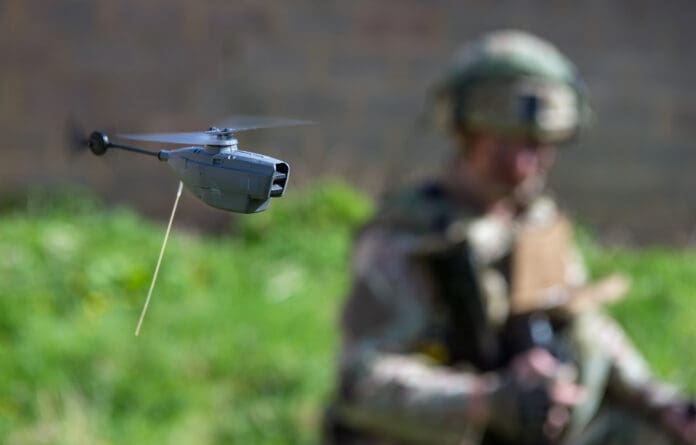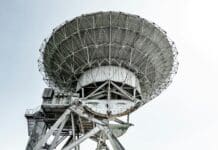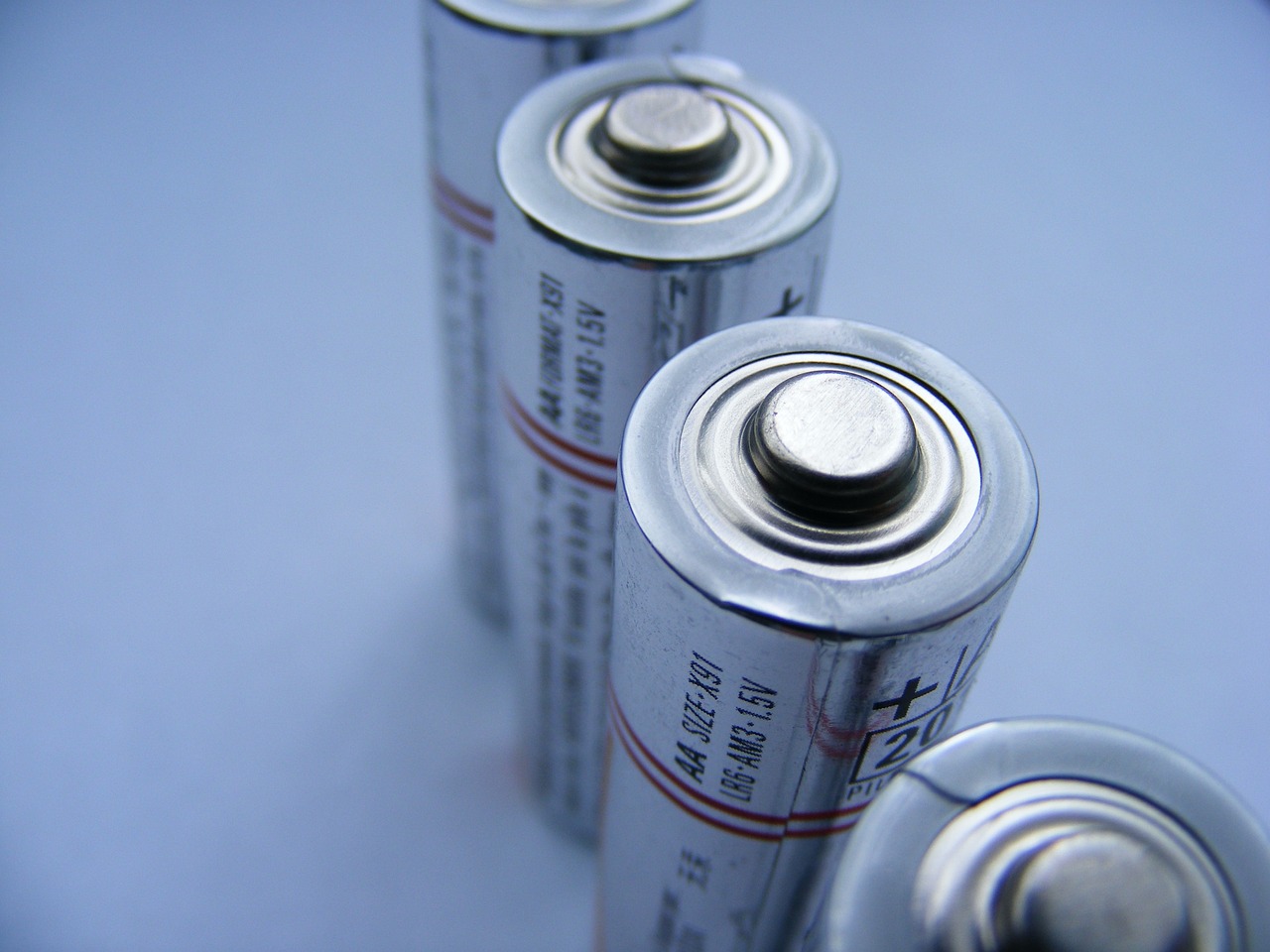
This post is also available in:
 עברית (Hebrew)
עברית (Hebrew)
In a significant step toward modernizing battlefield intelligence, the U.S. Army is deploying miniature drones designed to support soldiers with immediate, on-the-ground situational awareness. One standout in this new class of aerial tools is the Black Hornet 3—a nano-drone no larger than a smartphone, developed to perform reconnaissance missions in tight, high-risk environments.
The Black Hornet 3 weighs just 33 grams and is small enough to be carried in a standard utility pouch. Despite its compact frame, the drone is equipped with high-grade electro-optical and infrared sensors, allowing it to relay real-time video and still images to the operator. With a flight time of roughly 25 minutes and an effective range of about two kilometers, it’s capable of conducting short-range surveillance without exposing soldiers to direct threats.
This drone’s primary advantage lies in its stealth and speed. Operable within two minutes of activation, it produces minimal noise and is nearly invisible to the naked eye—an essential feature for missions in dense urban areas or forested regions where traditional aerial assets might struggle. Its ability to function autonomously with preprogrammed waypoints or under manual control adds flexibility in dynamic scenarios, whether it’s scouting a building interior or monitoring a perimeter.
Critically, the system does not require a specialized drone operator. Standard infantry can be trained to deploy and use it, making the technology accessible across a wide range of combat units. It serves as a lightweight, rapid-deployment surveillance tool that can be used on the move, far from command-and-control centers.
Safety protocols are also built in: should the drone lose connection, it automatically returns to its launch point, minimizing the risk of intelligence compromise.
Tools like the Black Hornet 3 are reshaping how ground forces gather and act on battlefield intelligence. It represents not just a technological upgrade, but a shift toward more real-time awareness in the most challenging combat zones.

























